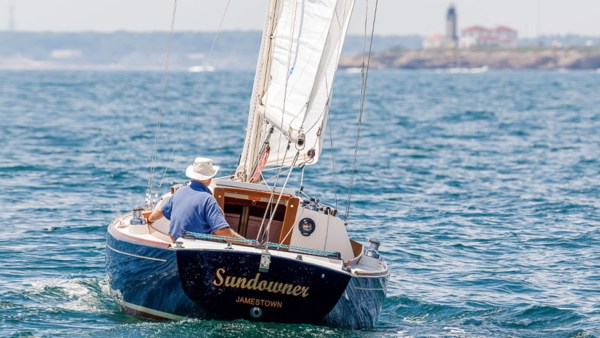VHF radio is the primary means of urgent communication between boats, shore facilities, and emergency services. VHF Signals travel line-of-sight with typical ranges of 20 to 30 nautical miles. Recreational boats under 65 feet are not required to have a VHF radio but most sailboats and powerboats carry one aboard because of its simplicity, convenience, reliability, and, above all, it is a vital part of the safety equipment.
VHF Channel Designations
Each VHF channel is assigned a designation as to who can use it and for what purposes. The channels Commonly Used by recreational craft in the US are as follows:
- 9 Hailing channel for recreational craft
- 13 Intership navigation and safety (bridge-to-bridge, low power)
- 16 International distress, safety, and calling
- 17 State and local government maritime control 9 (low power)
- 22 USCG liaison
- 68 Non-commercial working channel
- 69 Non-commercial working channel
- 70 Digital Selective Calling (voice communications not allowed)
- 71 Non-commercial working channel
- 72 Non-commercial working channel
A Few Tips to Remember When Using Your VHF Radio
- All users, regardless of the size of the vessel are required to regulations set forth by the FCC for use VHF radios in US Waters.
- Radio licenses in the US do not automatically allow you to use a VHF radio internationally.
- Check with your charter company for local regulations with regard to VHF use.
- The primary purpose of your VHF radio is the transmission of information relevant to the operation of the vessel.
Flags as Communication
Take a look at International Nautical Code/Signal Flags

RADIO ALPHABET
When you need to spell words over the radio, use the language you remember from those WW lI movies.
| Alpha | Hotel | Oscar | Victor |
| Bravo | India | Papa | Whiskey |
| Charlie | Juliet | Quebec | X-ray |
| Delta | Kilo | Romeo | Yankee |
| Echo | Lima | Sierra | Zulu |
| Foxtrot | Mike | Tango | |
| Golf | November | Uniform |
Urgent Calls
Urgent calls fall into three categories:
Mayday: Used only in life-threatening situations.
Pan Pan: Used by vessels calling for help in non-life threatening situations and by the USCG and other authorities to advise mariners to be on the lookout for a missing or distressed vessel.
Securité: Used by authorities to announce navigation or weather hazards and by vessels for the same purpose when appropriate. When you hear any one of these calls, listen to establish whether it applies to your sailing area. In the case of a Mayday or Pan Pan, you might be in a position to render assistance or have skills onboard your boat, such as medical expertise, that would be valuable in an emergency. These urgent calls take absolute priority over the airwaves and you should not attempt to make a channel 16 call while one is in progress
Voice Mayday call
Make a Mayday call on VIHF Channel 16 only when an imminent threat exists of the loss of the vessel or lives on board. The call will be heard by the Coast Guard (in US waters), and all other vessels within VHF range that are monitoring VHF 16.
The call procedure is:
“Mayday, Mayday, Mayday, this is the yacht Joshua, Joshua, Joshua”
Follow immediately with the distress message, providing details of your vessel, position, the nature of your distress, and the assistance you require
“Mayday. This is the yacht Joshua. l am in position.. (give latitude and lonqitude or position relative to an ATON or geographic feature).
“am taking on water..'(give the nature of your distres)
“I need evacuation…”(describe assistance needed).
“My vessel is a 40-foot white sailboat describe your vessel).
“There are six persons aboard… (provide number of people aboard)
Pause and listen for half a minute. If no response, repeat the call.
A Coast Guard operator who responds will take control of the situation and elicit more information as needed. More immediate help may come from nearby vessels.













